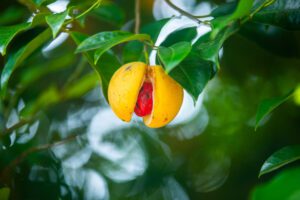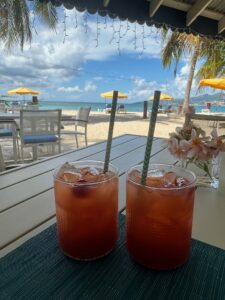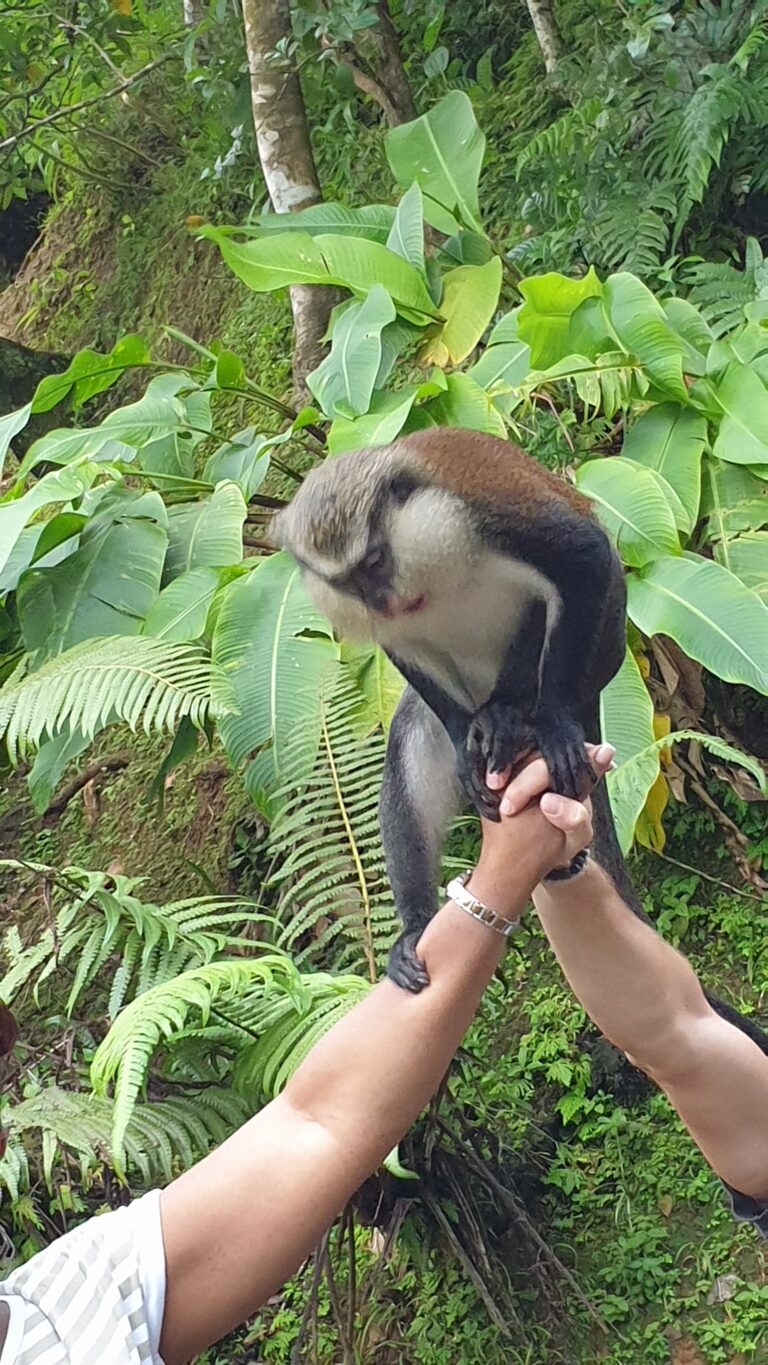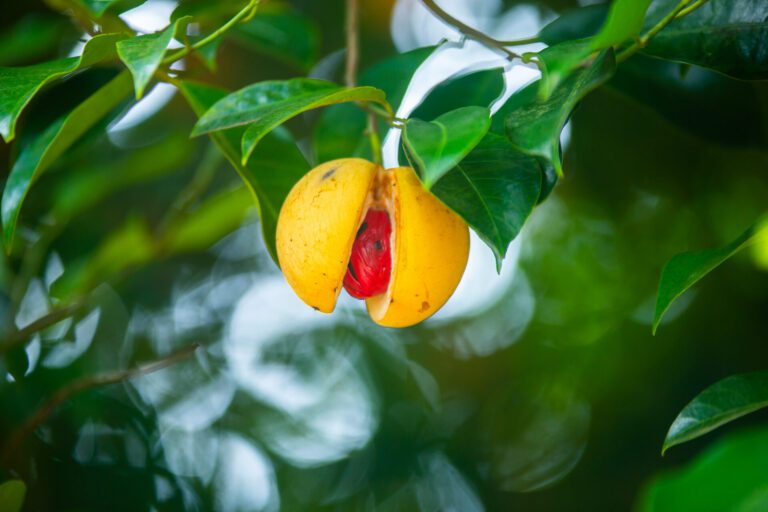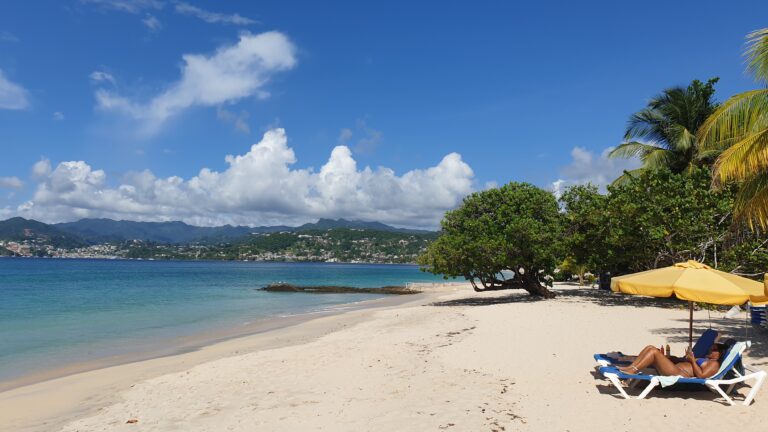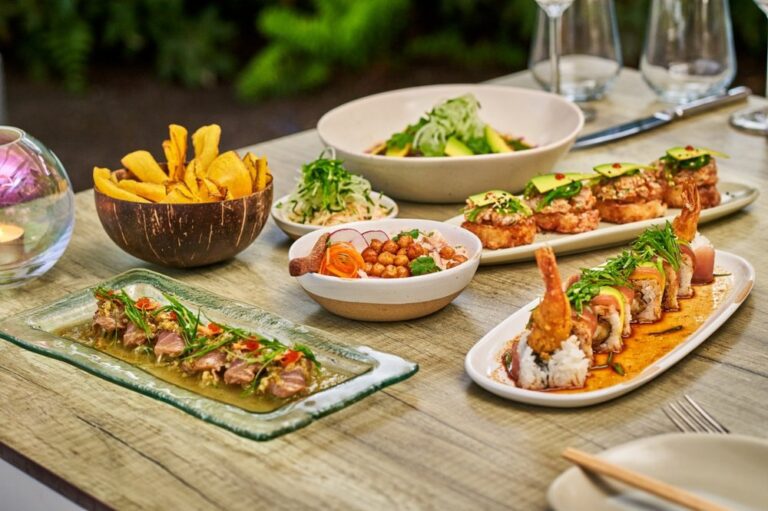From Indigenous Roots to Independence
Grenada’s story starts with the Indigenous Arawak and Carib people who lived on the island. They lived here for centuries, farming the land and building settlements that reflected their love of nature.
In the 17th century the French arrived and European influence began. The French set up plantations, grew sugar and other crops and brought enslaved Africans to work the land. This African heritage is part of Grenadian culture today, in our dialects, music and food. During this time the French built forts, churches and towns and left an architectural legacy that can still be seen in the pastel coloured houses and narrow streets of Grenada’s capital St. George’s.
The island changed hands between the French and British several times and the British finally took control in the 18th century. Under British rule the economy continued to be based on plantation agriculture, especially nutmeg and cocoa and Grenada was nicknamed “The Spice Isle”. British influence can be seen in local customs, the education system and some of the architecture like the Anglican churches and grand colonial style buildings.
In 1974 Grenada gained independence and a new era of self government began. Today Grenadians celebrate their diverse heritage with vibrant festivals like Carnival which combines African, French and British traditions into a uniquely Grenadian experience. Whether it’s the joyful rhythms of calypso music, the annual “Spicemas” celebrations or the island’s cuisine Grenada’s history lives on in its rich multi-layered culture.




